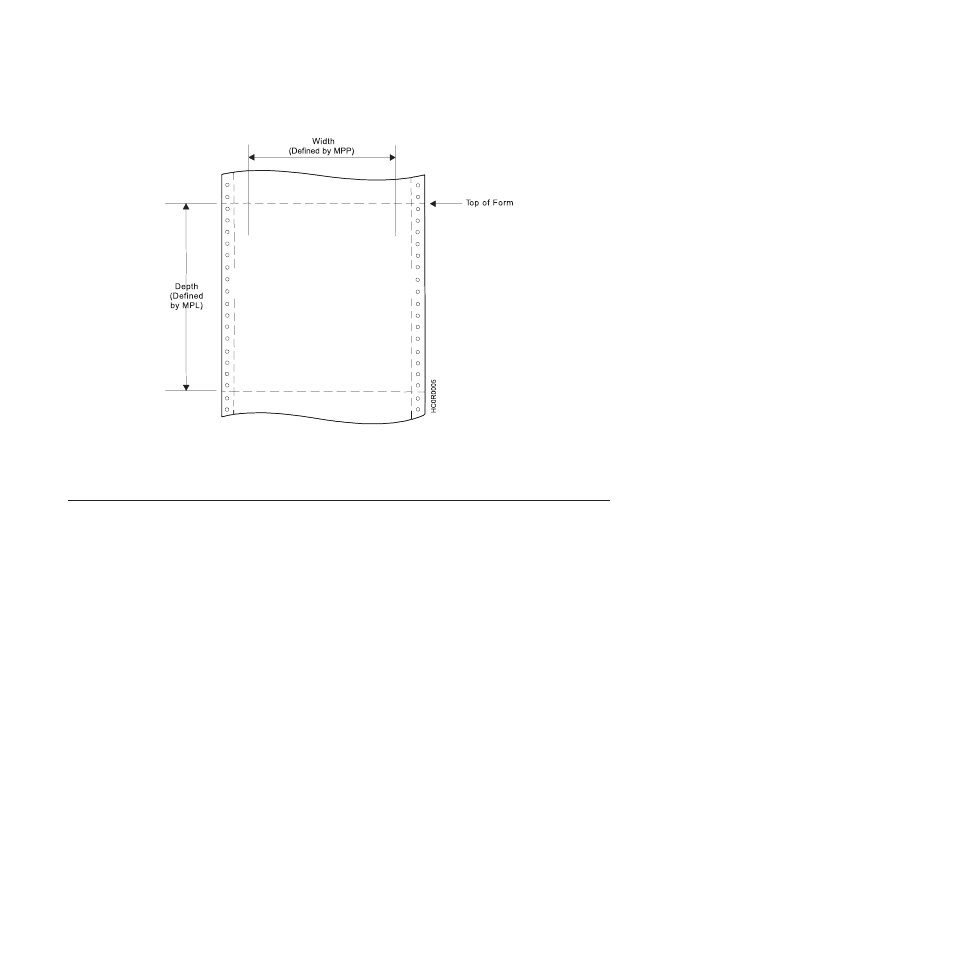Ipds coordinate systems, X and y medium coordinate system, The physical medium – Compuprint 4247-Z03 Programmer Manual User Manual
Page 96

The physical medium defined above is assumed to coincide with the actual physical medium (form) as that
terminology is used in the following discussion.
IPDS Coordinate Systems
IPDS uses coordinate systems to define any point on a page. All IPDS commands containing location
parameters use these coordinate systems to define distance measurements. The coordinate systems
specify these distances in logical units called units.
Many IPDS commands contain parameters that specify values for position or size in units. For example,
one unit may equal approximately 0.018 mm (0.0007 in. [1/144 in.]). Before using these values, the 4247
Printer truncates the specified values to multiples of 0.18 mm (0.007 in. [1/1440 in.]) for all unit parameters
except those associated with DP, and DP Text baseline positioning. The 4247 Printer truncates DP, and
DP Text baseline positioning parameters to multiples of 0.36 mm (0.014 in. [1/72 in.]). The unit parameters
are identified in Chapter 4, “IPDS Programming Information,” on page 99.
X and Y Medium Coordinate System
The X
m
and Y
m
coordinates, known as the medium coordinate system, relate directly to the physical
medium. The X
m
, Y
m
coordinate system is fixed for each medium or form size. IPDS commands cannot
change the origin and the orientation of these coordinates. The origin (X
m
=0, Y
m
=0) is always at the top
left hand corner of the physical medium. Positive X
m
values begin at the origin and increase along the top
of the sheet, from left to right. Positive Y
m
values begin at the origin and increase along the left side of the
sheet moving downward toward the bottom of the sheet. Figure 2 on page 77 shows the X
m
, Y
m
coordinate
system:
Figure 1. The Physical Medium
76
Programmer Manual
